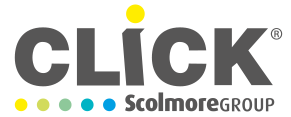An accessory is defined in Part 2 of BS7671 as: ‘a device, other than current-using equipment, associated with such equipment or with the wiring of an installation.’

An accessory, therefore, does not require current to function. Examples of accessories are commonplace and include amongst others:
● Switches
● Socket-outlets
● Fused connection units
● Connection units
● Cooker control units and the like.
There are several regulations that relate specifically to accessories that a designer and installer should be conscious of. These include:
● Regulation 522.2.201 requires that parts of a cable within an accessory is suitable for the likely temperatures to be encountered. This requires the designer and installer to be conscious of where a rise in temperature may exist and to provide protective measures to mitigate their effects. Manufacturers have data sheets detailing the temperature operating ranges of their products.
● Regulation 526.3 requires every connection to be accessible for inspection, testing and maintenance, with certain exceptions. One such exception is for maintenance-free accessories suitably marked, conforming to BS 5733, and installed in accordance with manufacturer’s instructions.
It is important that the designer and installer selects those accessories which are suitable for the environment within which they are to be installed. Therefore, as with wiring systems, the factors to consider will include, amongst other things, temperature, humidity, the presence of dust and the aesthetics required.
